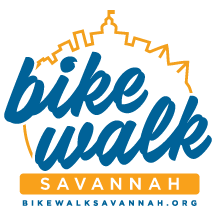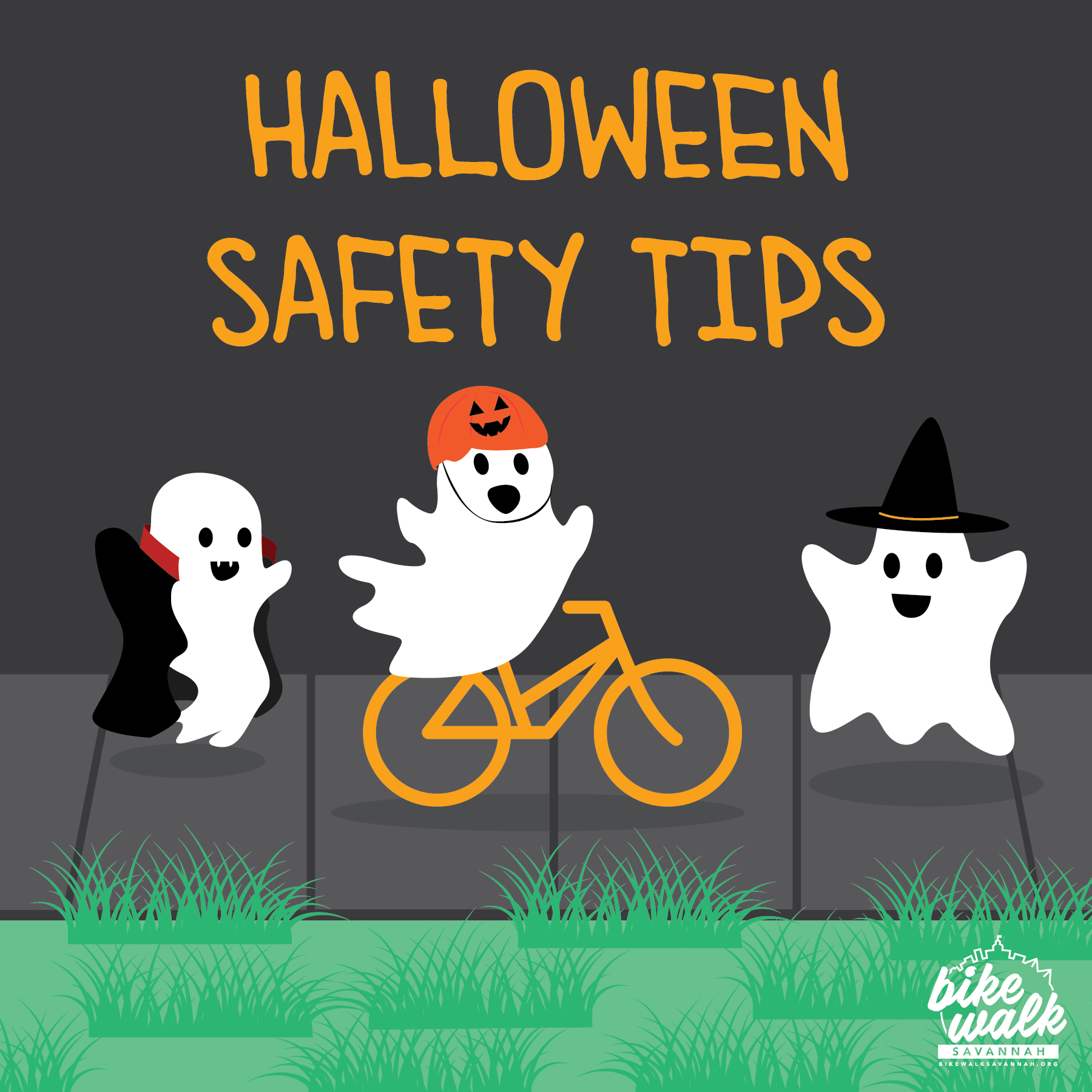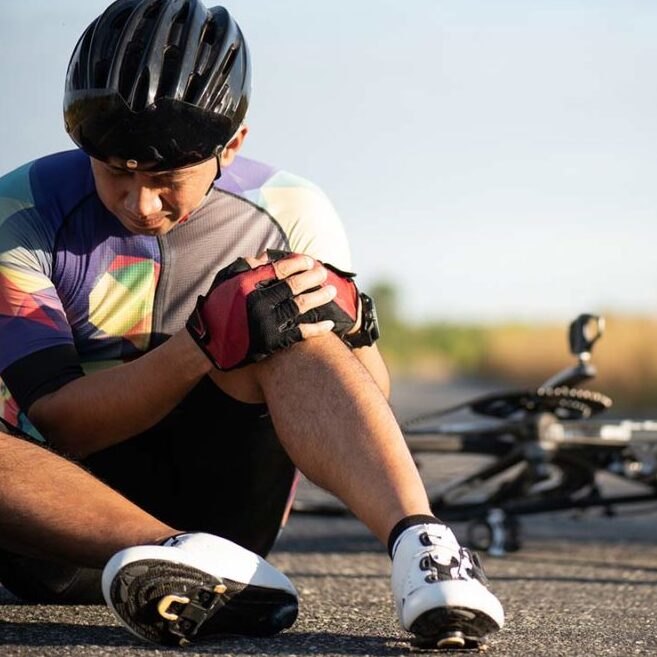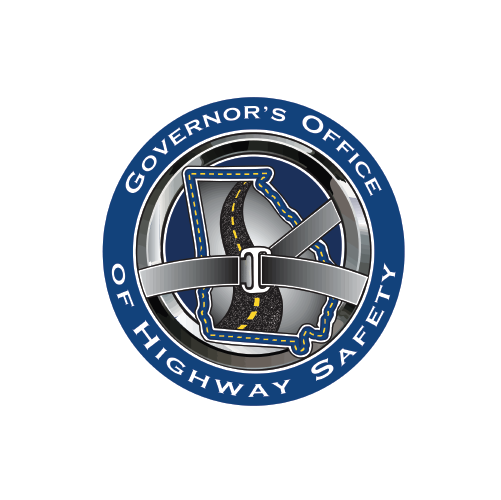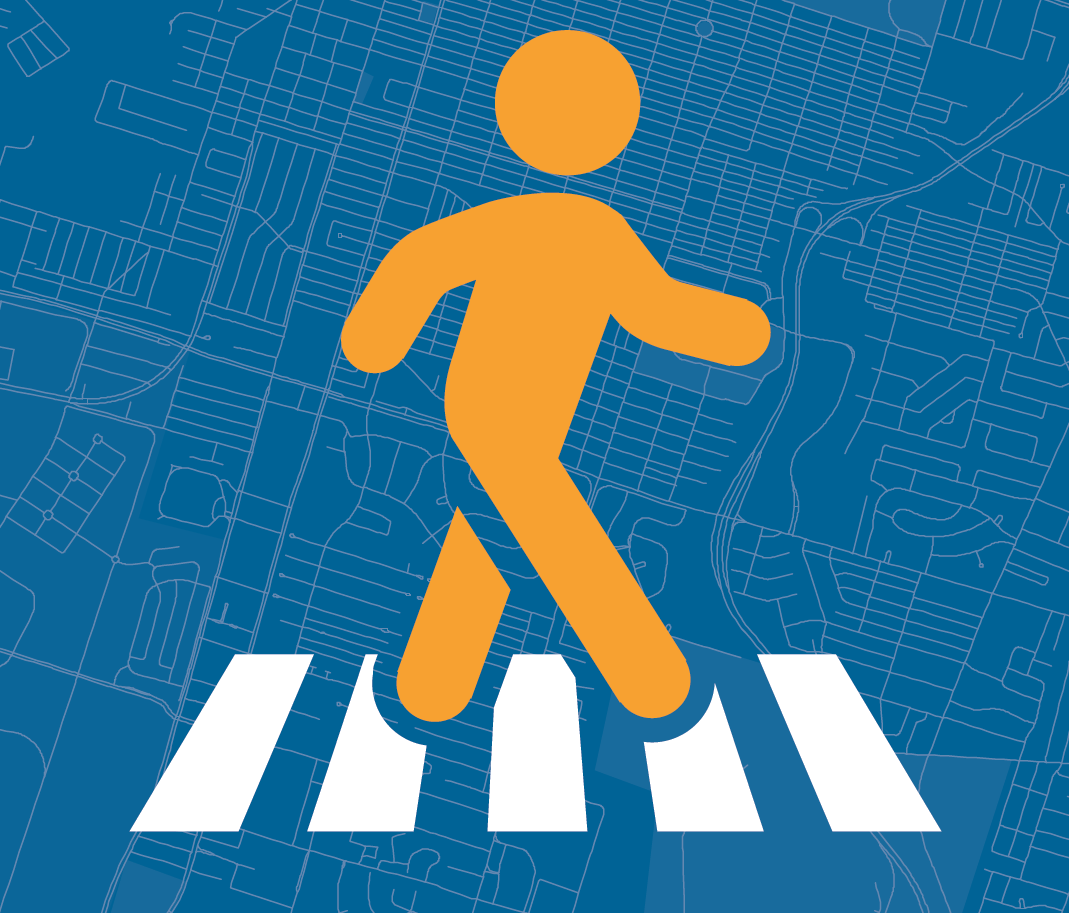Everyone loves a good scare on Halloween, but we also want it to be a treat! Whether you’re out with your little ghosts, goblins and vampires or heading out on your own adventure, below are steps you can take to make sure the little trick-or-treaters make it home ok.
On average, children are more than twice as likely to be hit by a car and killed on Halloween than on any other day of the year. More kids out on our streets = more opportunities for potential collisions.
Below are our top tips for Halloween Safety:
- Adults, join kids under age 12 for trick-or-treating. For older kids, make sure they have a designated route, time/place to meet up, and a cell phone to get in touch if needed.
- Carry glow sticks or flashlights, use reflective tape or stickers on costumes, shoes and bags, and wear lighter colors (if possible) to help kids see and be seen by drivers.
- Remind kids to cross the street at corners or crosswalks wherever possible. Look left, right and left again when crossing and keep looking as you cross.
- Always walk on sidewalks or paths. If there are no sidewalks, walk facing traffic as far to the left as possible.
- When selecting a costume, make sure it is the right size to prevent trips and falls. Try out all pieces of a costume before Halloween to make sure your kid can move freely. And choose face paint over masks when possible, as masks can limit children’s vision.
- Remove tripping hazards to keep your home safe for visiting trick-or-treaters. Check outdoor lights and replace burned-out bulbs, and sweep any leaves from sidewalks and steps.
Driving Tips:
- Drivers – slow down and be alert! Turn on headlights earlier in the day to spot kids from further away.
- Avoid driving through densely populated neighborhoods between 5-9 pm (or if you do, be prepared for delays.) Many neighborhoods post trick or treating maps which may help you plan your route.
- Avoid any distractions. Even if you’re using hands free devices, avoid any phone calls and lower your music/drive with windows down if possible when in neighborhoods.
- Take extra time to look for kids at intersections, on medians, and at curbs.
- Enter and exit driveways and lanes slowly and carefully.
- Wait behind other vehicles that are pulled over – do not go around. They may be dropping off a group of children who could be coming out on both sides of the vehicle.
- If you’re partying, stay sober or find another ride home.
